Mshanka Shilovoid is a perennial plant from the "cloves" family. Otherwise, this plant is called "Irish Moss."
Msanka Shilovoid is very widespread in Europe, it is precisely her for lawn. This plant is a cross between lawn grass and moss. Height is capable of reaching up to 8-10 cm, in the form of bright and chubby green pads.
Msanka Shiloid is a smaller plant, which is branchy stalks with tiny white flowers and leaves having a needle-shaped shape. The maximum size of the flowers reaches 0.5 cm. The plant is sufficient in a short time capable of growing in a thick and fluffy green carpet. Msanka Shilovoid is also found in wildlife, especially on rocks and in the mountain peaks, as well as on sandy plains.
Types and varieties of msanka
Msanka species have a great set, about 50 species that grow almost all continents. But on the territory of the Russian Federation there are only 12 types of Mshanki, and three of them deserve special attention:
- Mshanka msankovaya. The shoots of this type of plant are covered with small leaflets needle-shaped, lightning color. This variety growth grows quite slowly, and forms dense and thick thickets. Blossom starts in June.
- Msanka lying. This variety is from Eurasia. His distinctive feature is an inconspicuous flower and very small leaves. Well able to grow in the shade, and under the sun. This species is customary to be weed, sufficiently resistant to temperature drops and atmospheric cataclysms.
- Msanka Shilovoid. Western Europe is considered the great-grandfather of this variety. It has an evergreen shape, a plant is long-term, dense. It starts blooming from July to September.
Landing Msanka Shilovoid
Maschanka's cultivation of Msanka Shilovoid does not particularly cause, even a beginner in horticulture. It is important to know the main rule - the plant does not tolerate the increased humidity of the soil, so do not overdo it with watering.
It is very important, even during the rack of heat, not too abundantly watering the Msanka Shilovoid, otherwise the roots may occur.
Despite this, at the time when Msanka begins to grow intensively, watering should not be abundant, but frequent, it will help the plant to accelerate in its development and will grow faster.
At the Msanka variety, hostile is very good cold resistance, which is why it is used as a lawn. Grow it as a rule with seeds or seedlings. If you want to raise a lawn to quickly and so that it is dense, use the second way.
Landing and care for Msanka Shilovoid - The case is not troublesome, then consider how to do it correctly.
Growing Msanka Shiloids from Seeds
Msanka seeds are sold in standard packaging, each is about 0.01 gr. Seeds.
Despite, it would seem, low weight, seeds in the package will be enough. The weight is explained too small the size of each seed.
- Seeds first need to sow in special boxes for seedling, before that you need to moisten the soil.
- It is best to plant a landing in the early spring - from the end of March to the beginning of April.
- After sowing, the boxes need to be covered with a film. It is categorically forbidden to remove or convert the film before the appearance of the first proceeding shoots is strictly prohibited.
- If you want the seeds as soon as possible sprouted, do not sprinkle their land during the landing. By the way, many gardeners instead of the sprinkling of seeds with a soil use snow, which after how melts, will ensure the correct and necessary gluits for seeds, and it will give the necessary moisture soil.
- You can see the first shoots about a week after landing - it will be small needle leaflets. It will take a few more days, and you can see their conversion into bristle bright green bugs. It is after this stage that you can start picking seedlings.
- You can land in an open soil Msanka Shilovoid already in late April-early May. Consider that the distance between seedlings during landing should be from 5 to 10 cm. The remaining free space will very quickly lose the shoots of the plant. Seedling steadfastly makes low temperatures and gives good shoots both in the sun and in the shade.
Already then, the seeds of the Shilovoid Msanka will fly away from their little boxes and dissipate themselves when the flowers of the plant will flash. Therefore, your lawn will always be independently updated, and you will not even need to make any effort to do this.
Growing Msanka Shiloid Saplings
This method of cultivation of the plant allows you to create a beautiful, thick lawn carpet, while you spend the minimum of its time.
- It is necessary to carefully cut from the already mature carpet of Msanka Shilovoid small turf.
- The reproduction of this method should be produced either in spring or at the beginning of autumn. If you stretch the landing time to the end of autumn, then the plant will not be able to root in time.
- Flesh the earth in advance, remove all weeds from it and moisture well. After that, inhibit her legs.
- If you have a lot of plant blanks, the disembarkation can be made without gaps, next to each other.
- And if the plant blanks are not very much, then plan them some distance from each other, for example, it is possible to plant in a checker order. The remaining emptiness will be plugged very quickly for two months.
Caring for Muchanka Shilovoid
- Temperature. As we spoke above, the plant is veryleh very tolerant. If the winter turned out to be low, then it is possible to cover the msanka film planted into the ground. In the summer, Msanka in containers should not overheat. With a strong bake, containers can be transferred to tena. If the summer was hot, and the plant was already planted into the ground to avoid the burns of the perennial, it can be covered with spanter.
- Humidity. Regarding air humidity, it is absolutely not required for the rapid growth of Msnoki Shilovoid. For this, it will be enough moisture from watering.
- Watering. This item is the key to the successful growth of the plant. After the plant landed into the open ground, produce watering daily for two weeks. Thus, even faster and weak sprouts will receive a sufficient amount of nutrient elements. When the seedlings are already strong and quite grow up, watering should be reduced. Even if the weather is very hot, watering needs to be produced no more than 2-3 times a week. To avoid the feeding of leaves and roots, use the lower irrigation.
- Priming. Msnoki Shilovoid transplant is needed to produce in sandy or drowned soil in spring. If you want to slow down the growth of the plant, then pour garden gravel around the roots of the plant.
- Feeding In order for seedlings to be better rejected, special means are often used. They are bred in water and then make spraying. The feeding is an important point in the rapid development of perennial. For one season, Msanka Shilovoid feed several times with complex fertilizers. But it is also important to add that abundant feeding does not need this plant at all. Even in the conditions of poor soil, Mshanka is perfectly able to grow and suck the maximum nutrients from it.
Means for feeding Msanka Shilovoid:
- Ammonium sulfate. In this substance, the plant especially needs the first year of life. They bring it for the first time in the early spring, and then in the first half of July in the amount of 45 g / m².
- Superphosphate. This substance contributes to growth and produces in the plant resilience to drought. This feeder is used 3 times a year - in spring, summer, in autumn in the amount of 16 g / m².
- Potassium. Thanks to this substance, the shoots of perennial grow well, and the plant with it forms special resistance to cold. Feed 3 times a year in an amount of 10 g / m².
Prevention of Muchanki Shilovoid Diseases
The main causes of the death of the Shilovoid msanka are overvolving and freezing.
Non-infectious diseases of the Msanka can be caused by adverse external conditions:
- If the temperature falls sharply falling sharply, Msanka Shilovoid may not have time to adapt to the change of weather and will freeze. If you bring phosphoric fertilizers before the start of frosts, they will help the plant to transfer frosts.
- If snow fell early, hearing may occur, because Cold snow falls on a warm and wet soil. In this case, the plant will continue to develop, but already under the conditions of hard lack of nutrients. Especially often it happens on wet drum soils and with an excess of nitrogen power.
On a note! If you have an acidic soil, then when the phosphorus is too frequent, with frequent watering, the msanka may experience a lack of iron. This problem is manifested in the form of staining of the plant in a pale yellow color. If suddenly, the gardener notices this, you need to make an integrated fertilizer as soon as possible.
- Also, the threat of Msanka Shiloid may be a word, it is struggling with it using insecticides.
Using a gibwood msanka in landscape garden design
Msanka Shilovoid is usually used as a lawn for a garden or a country area. It can fill the slots between the tracks from the plates, for example. Also between stones scattered in chaotic order. Msanka is often framed by garden paths, used for landscaping stones and boulders as decor, decorate alpine slides and various squares.
- On a small unsightly plot, where there is a decorative reservoir, stones, stream, you can make a picturesque place. Along the edge, the water is framed by large stones, and between them, in the gaps, placed the Msnoki Shilovoid.
- You can place on the plot of a large boulder and set it all the msanka.
- The carpet from the cylinder msanka is very harmoniously combined with coniferous trees and shrubs. For example, from the thuya, juniper, samshetite, fir. You can also create a multi-tiered composition, where plants are located in height.
- Msanka can be imitated moss. Thus, it is easy to create a Japanese-style garden. In addition, Msanka looks great and mansion, which option is suitable for any style.
- If you have a small garden plot, you can create a laconic composition - just following the mshanka and dilute it with several boulders.
- Msanka perfectly complements succulent plants. If you plant with bulbous plants Mshanku, she will serve as a kind of mulch - will stop the bulbs from the loss of moisture, will not give us to grow up weeds.
Msanka Shilovoid is made to sow those places in which it is difficult to get, which are not in open access. Such a plot needs to be completely released from weeds and garbage, and then plant a msanka. The next season you just need to rarely spawn weeds between plants.
If there is a plot in the garden, where water is stood, to build drainage with their own hands:
- remove the soil layer;
- exactly spread any drainage material, it can be a broken brick or gravel. The drainage layer must be no more than 15 cm;
- wear a drainage well;
- to the drainage lay a layer of sand up to 10 cm., Survect;
- we put the layer of fertile soil, we will be tamped.
Msanka Shilovoid is an excellent plant for lawn and for decorating various sections. It is not necessary to constantly scam, the height of the perennial is always supported at one level - 5-8 cm. In addition, when Msanka grows, it does not allow weeds, which will undoubtedly have to do with any gardener.
The carpet from Msanka is not uniform, it resembles velvet. Using the possibilities of this, as at first it seems, a non-bright plant, you can create picturesque compositions in the sections.

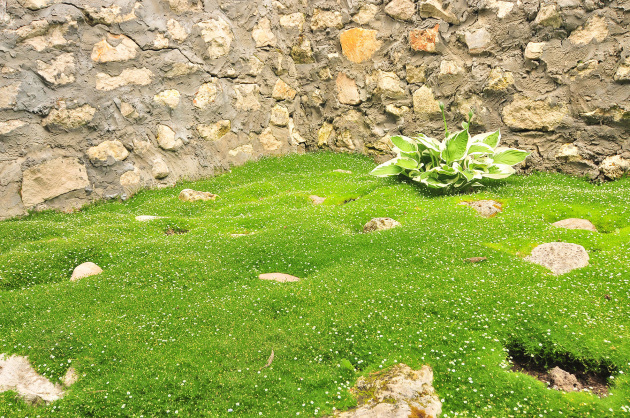
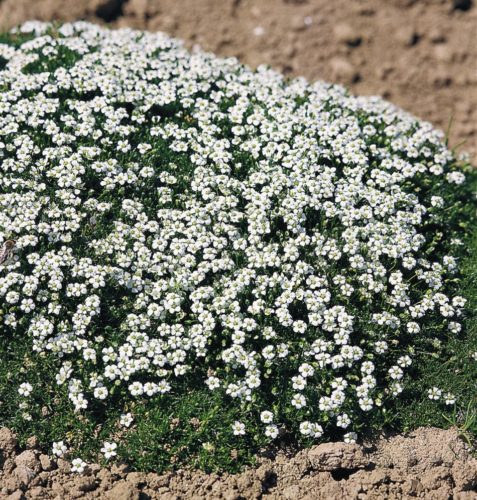
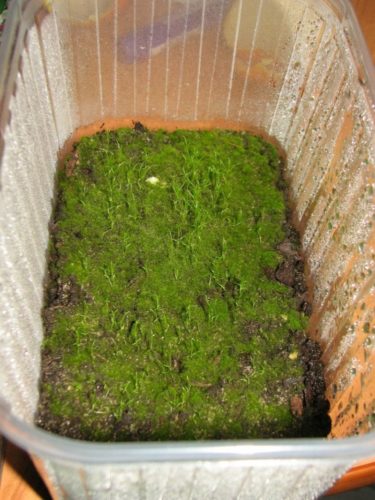
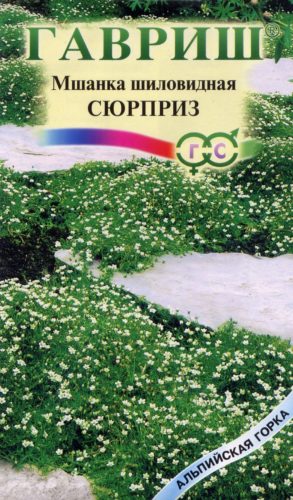
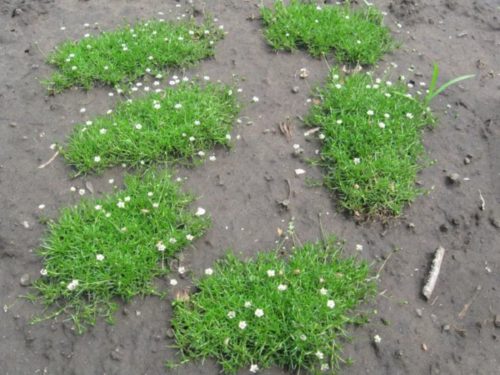
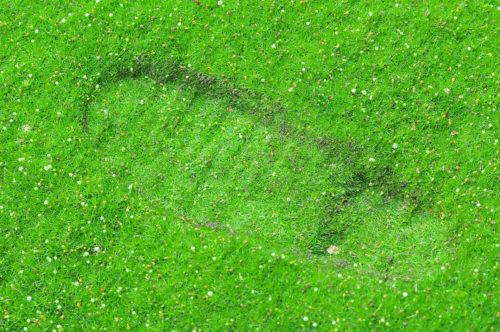
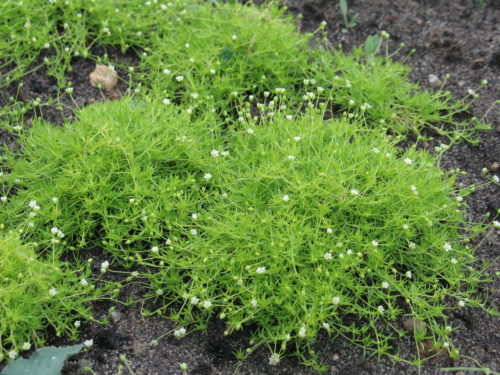
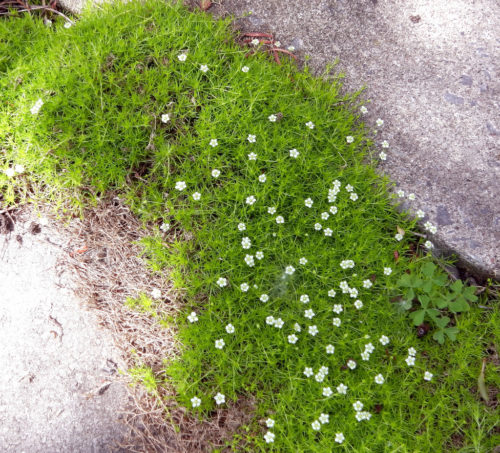
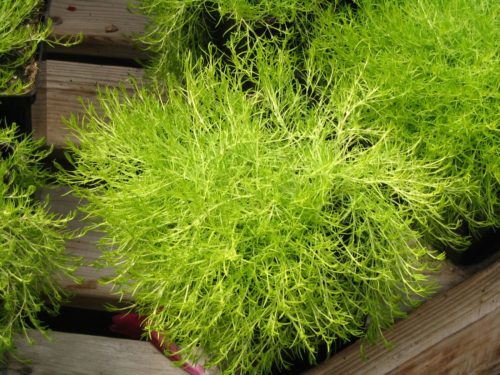
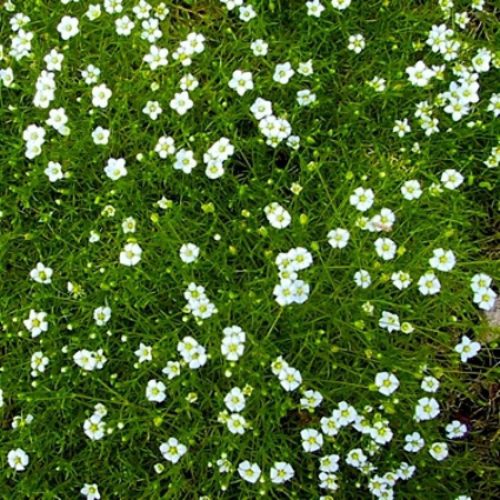
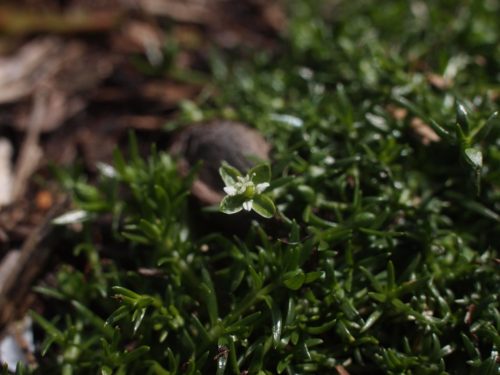
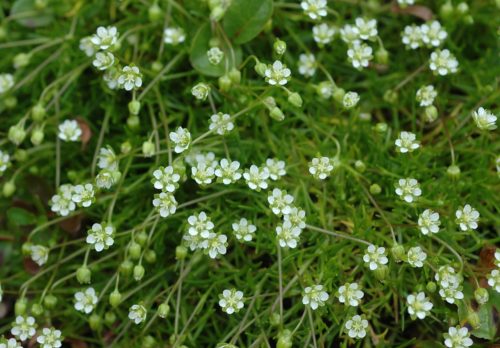
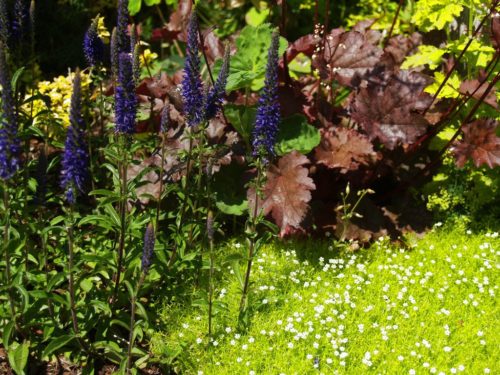
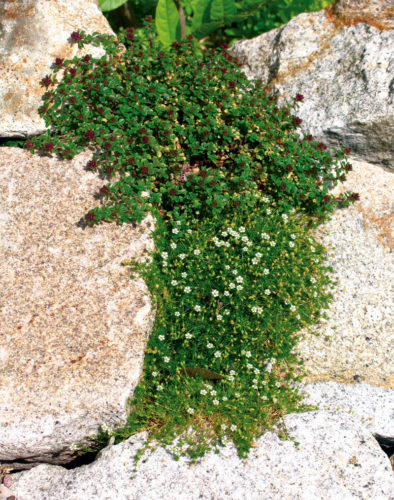

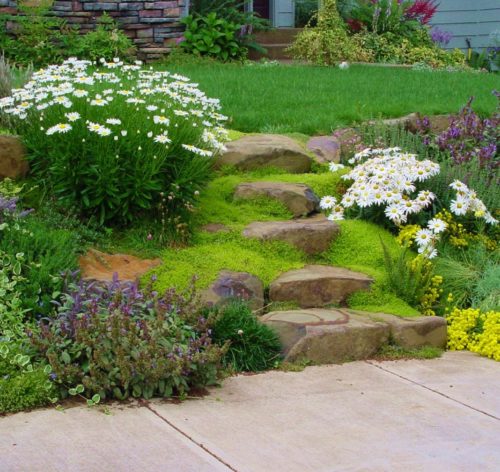
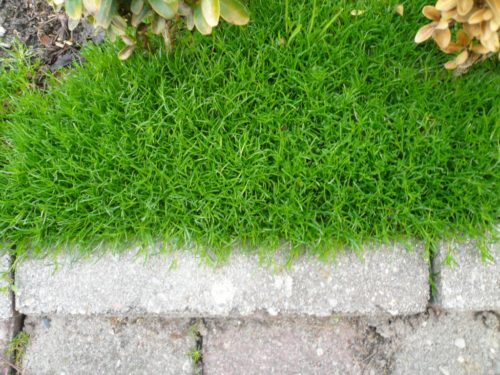












 Start a discussion ...
Start a discussion ...